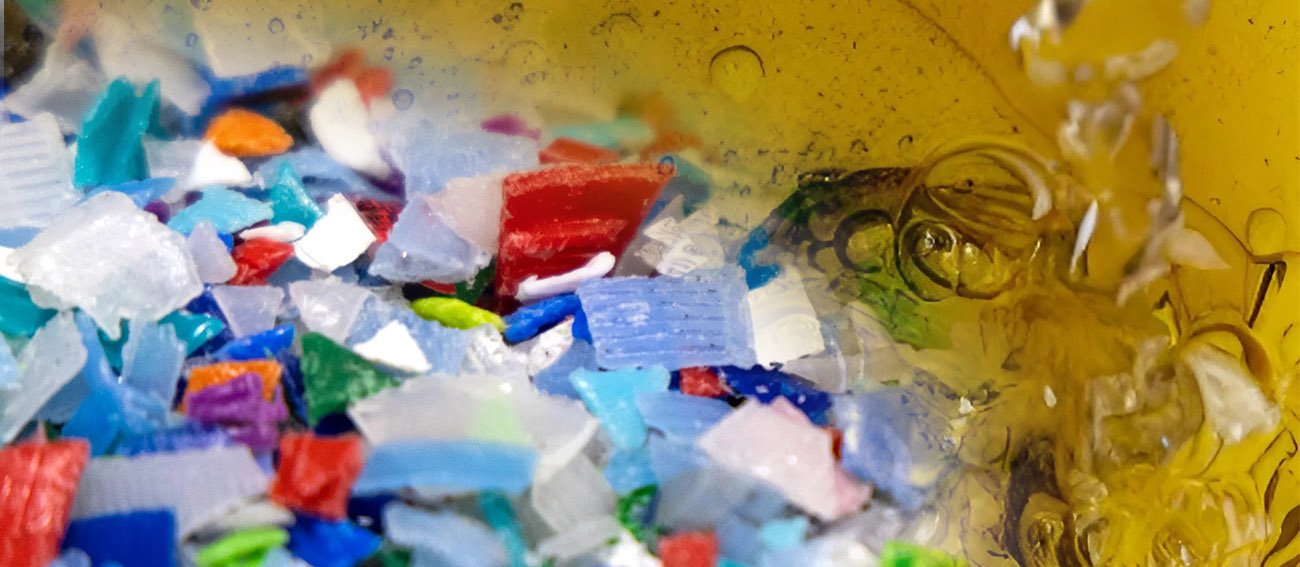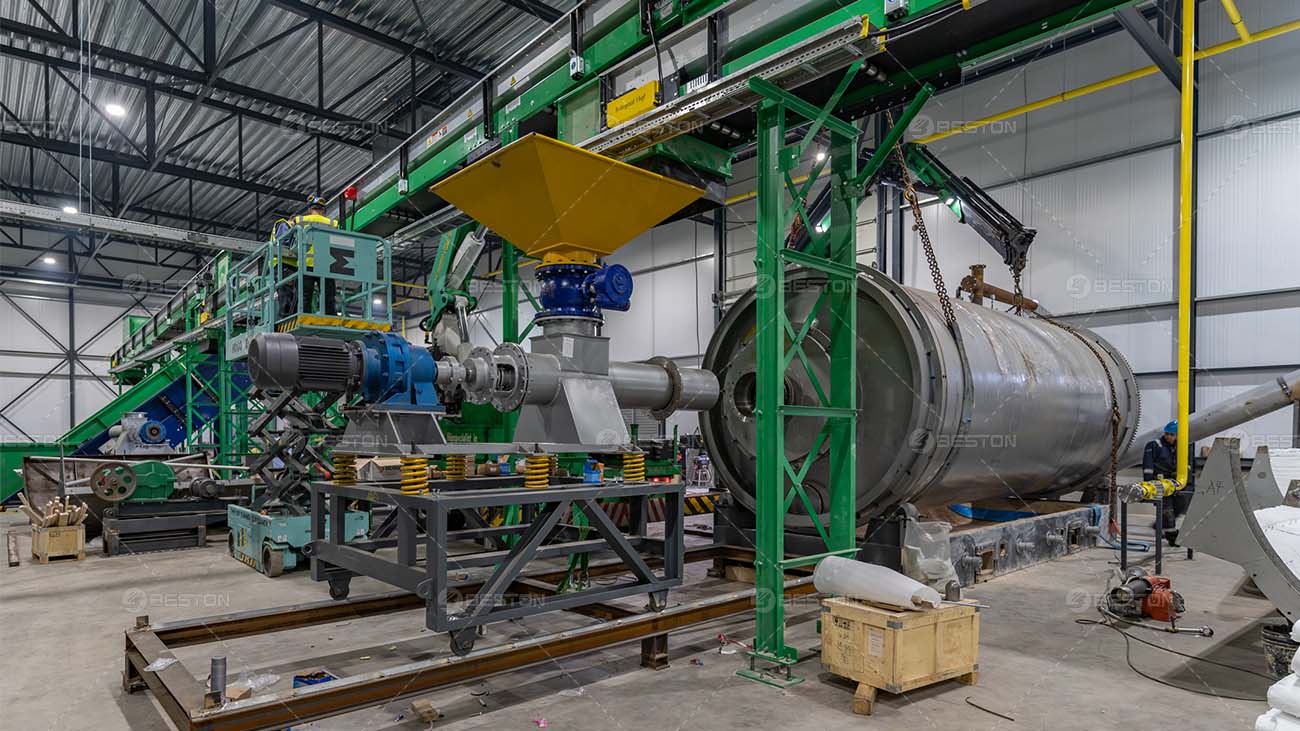In an era where environmental concerns loom large, the quest for sustainable solutions has led to the exploration of innovative technologies. Among these, plastic to fuel machines have emerged as a promising avenue, harnessing the power of pyrolysis to transform plastic waste into valuable fuel sources. Pyrolysis, derived from the Greek words “pyro” meaning heat and “lysis” meaning break down, involves the thermal decomposition of organic materials in the absence of oxygen. This process holds immense potential for addressing both the environmental crisis posed by plastic pollution and the pressing need for alternative energy sources.

Understanding Pyrolysis
At its core, pyrolysis equipment represents a sophisticated approach to waste management and resource recovery. By subjecting plastic waste to high temperatures in the absence of oxygen, pyrolysis breaks down complex hydrocarbon polymers into simpler hydrocarbons, resulting in the production of liquid fuels, gases, and char. The versatility of this process allows for the conversion of various types of plastic waste, including polyethylene, polypropylene, and polystyrene, into valuable end products without the generation of harmful by-products.
The Mechanism in Action
Plastic to fuel machines facilitate the pyrolysis process through a series of carefully controlled steps. Initially, shredded plastic waste is fed into a reactor chamber, where it undergoes thermal decomposition under controlled conditions. As the temperature within the chamber reaches upwards of 400-800°C, the long-chain hydrocarbon molecules present in the plastic undergo thermal cracking, yielding shorter-chain hydrocarbons in the form of liquid fuel. Concurrently, gases such as methane, ethane, and propane are released and can be captured for further processing or utilized as energy sources. The remaining solid residue, or char, holds potential applications in sectors such as construction and agriculture.
Environmental Implications
The adoption of plastic to fuel machine represents a significant step towards mitigating the environmental impact of plastic waste. By diverting plastic from landfills and incineration, pyrolysis offers a sustainable alternative that reduces greenhouse gas emissions and prevents the contamination of soil and water bodies. Moreover, the conversion of plastic waste into fuel reduces the reliance on fossil fuels, thereby contributing to efforts aimed at combating climate change and promoting energy independence.
Addressing Plastic Pollution
With plastic pollution emerging as a global crisis, the need for effective waste management solutions has never been more pressing. Plastic to fuel machines offer a viable strategy for tackling this issue by converting plastic waste into valuable resources. By incentivizing the collection and recycling of plastic materials, pyrolysis technology helps alleviate the strain on landfills and oceans, ultimately stemming the tide of plastic pollution.
Economic Viability
Beyond its environmental benefits, plastic to fuel technology holds considerable economic potential. As traditional fossil fuel reserves dwindle and prices fluctuate, the demand for alternative energy sources continues to rise. The production of fuel from plastic waste presents a lucrative opportunity, with the potential to generate revenue through the sale of liquid fuels and other by-products. Furthermore, the localized nature of pyrolysis facilities allows for decentralized waste management solutions, creating employment opportunities and fostering economic development in local communities.
Unlocking Resource Value
The conversion of plastic waste into fuel underscores the concept of the circular economy, wherein resources are utilized efficiently and waste is minimized. By extracting value from discarded plastic materials, plastic to fuel machines facilitate the transition towards a more sustainable and resource-conscious society. Rather than viewing plastic waste as a burden, pyrolysis technology transforms it into a valuable commodity, thereby incentivizing recycling efforts and reducing reliance on finite resources.
Technological Advancements
Continued research and development in the field of plastic to fuel technology hold the key to unlocking its full potential. Innovations aimed at optimizing reactor design, improving thermal efficiency, and enhancing product quality are driving the evolution of pyrolysis processes. Advanced catalysts and process optimization techniques offer opportunities to increase the yield of high-quality fuels while minimizing energy consumption and environmental impact. Moreover, integration with other renewable energy systems, such as solar or wind power, could further enhance the sustainability of plastic-to-fuel conversion.
